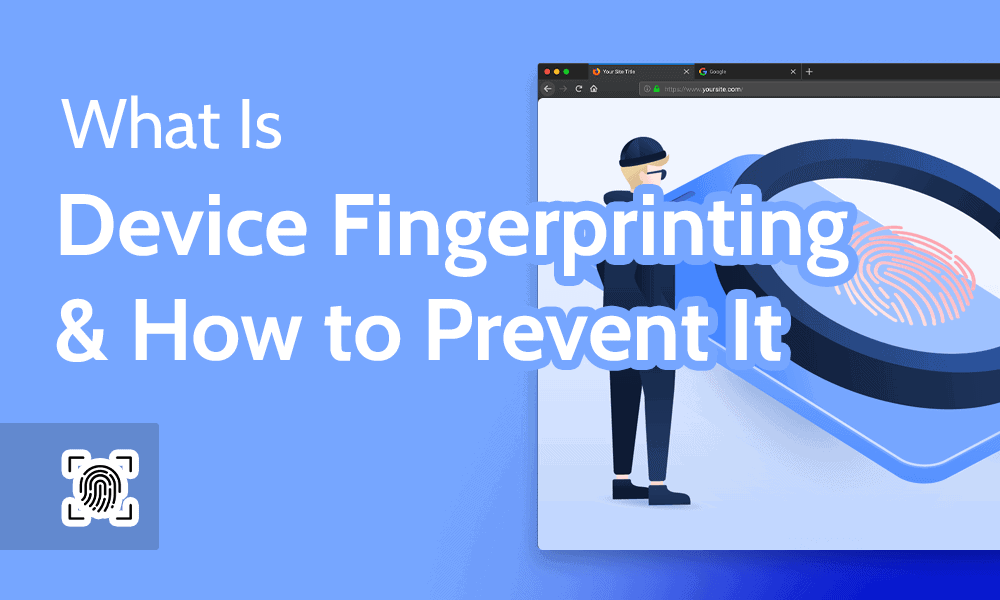
How-To: Device Fingerprinting For Cross-Session Tracking
In the digital age, where personalization is paramount and user privacy is increasingly prioritized, device fingerprinting has emerged as a powerful tool for cross-session tracking. This technique allows organizations to identify and track users across multiple sessions by analyzing unique characteristics of their devices, such as browser settings, installed fonts, and operating system attributes. As businesses strive to enhance user experience and tailor content to individual preferences, understanding the mechanics and implications of device fingerprinting becomes crucial.
While device fingerprinting offers advantages in delivering personalized services and improving marketing strategies, it also raises significant privacy concerns. The ability to track users without their explicit consent has sparked debates among regulators, privacy advocates, and technology companies. This article delves into the intricacies of device fingerprinting, exploring its methodologies, applications, and the ethical considerations that accompany this technology in an increasingly privacy-conscious world.
Methodologies Behind Device Fingerprinting
Device fingerprinting operates by collecting a wide array of device attributes, including user agents, IP addresses, and specific configurations like screen resolution and timezone settings. By aggregating these pieces of information, a unique “fingerprint” is created that can be used to identify the device in subsequent visits. This sophisticated method can even distinguish between multiple devices sharing the same network, allowing for greater accuracy in user tracking. The insights gained from Device fingerprinting for cross-session tracking can significantly enhance personalization efforts, enabling businesses to deliver content that resonates with individual users based on their past interactions.

Ethical Considerations and Privacy Implications
Although device fingerprinting can improve user experience by providing tailored content, it raises critical ethical issues related to privacy. Users often remain unaware that their devices are being tracked in such a detailed manner, leading to concerns about consent and data ownership. The lack of transparency surrounding this technology has prompted discussions among legislators and privacy advocates, who argue for stronger regulations to protect consumer rights. As businesses integrate device fingerprinting into their strategies, the balance between enhanced user engagement and respect for privacy must be carefully navigated to maintain trust and compliance with emerging data protection laws.
In conclusion, device fingerprinting for cross-session tracking represents a double-edged sword in the evolving landscape of digital interaction. While its capacity to personalize user experiences and improve marketing effectiveness is undeniable, the ethical implications surrounding privacy and consent cannot be overlooked. As technology advances and user awareness grows, businesses must adopt transparent practices that prioritize user consent and data protection. The challenge lies in finding a harmonious balance between leveraging data for personalized services and upholding the fundamental right to privacy. Moving forward, organizations must remain vigilant in their approach, ensuring that the use of device fingerprinting not only serves their objectives but also respects and protects the users whose trust they seek to earn.
